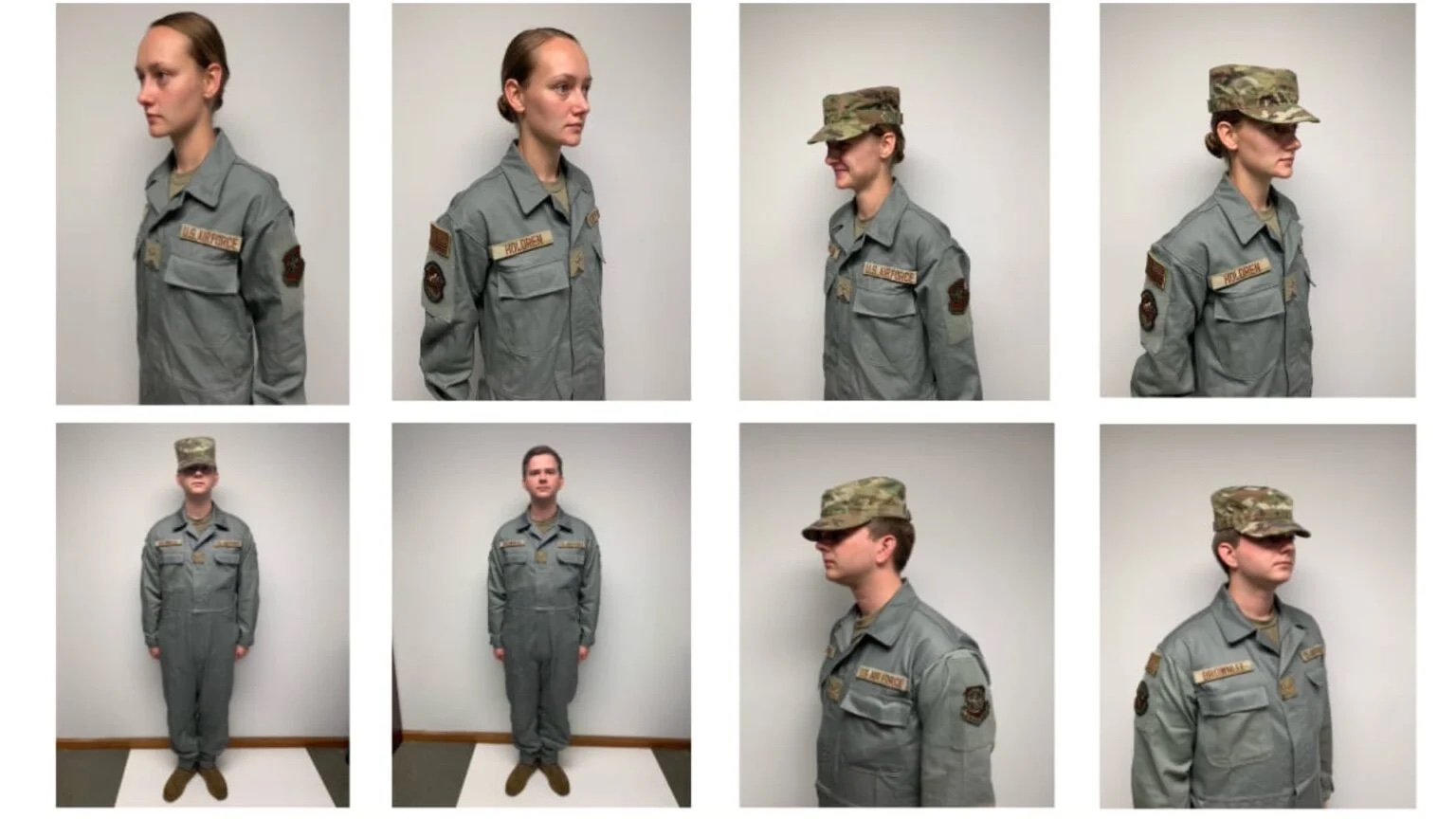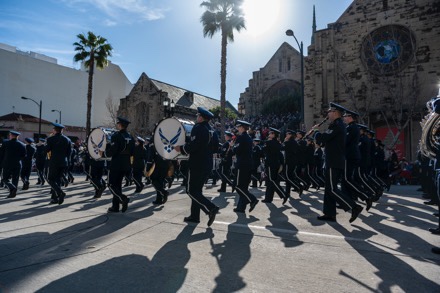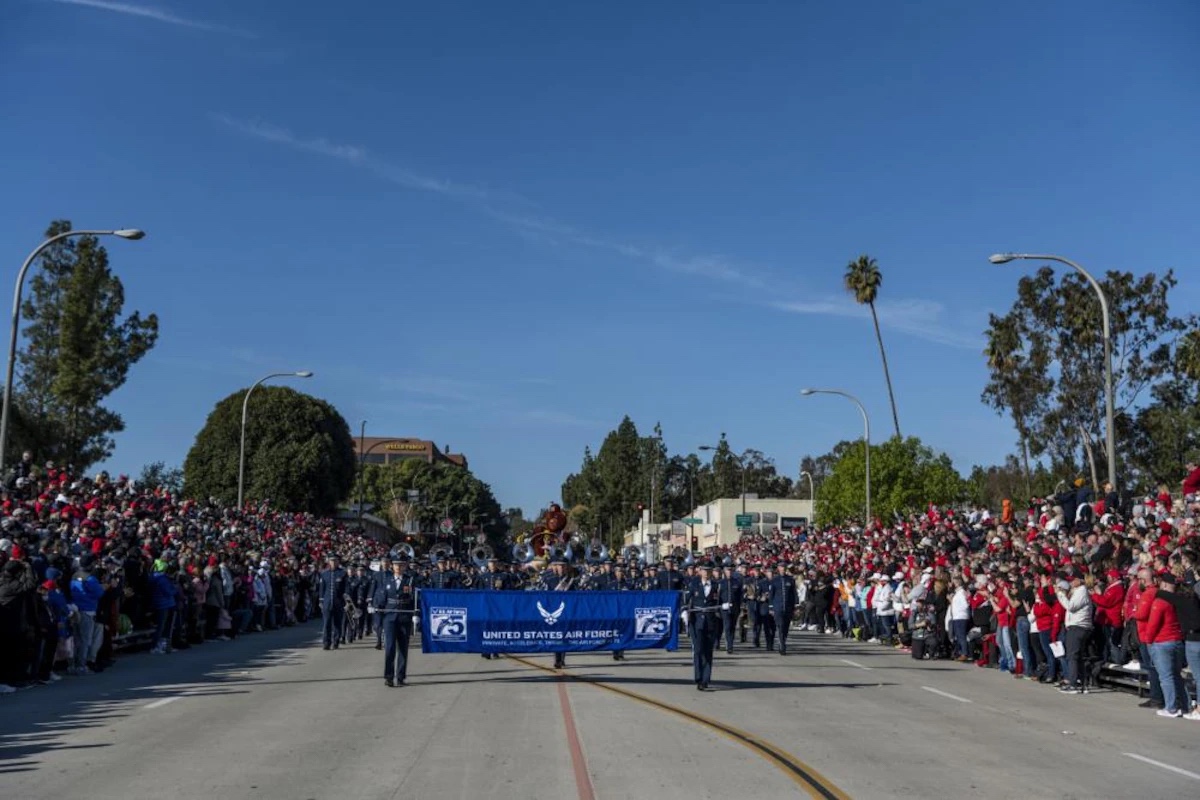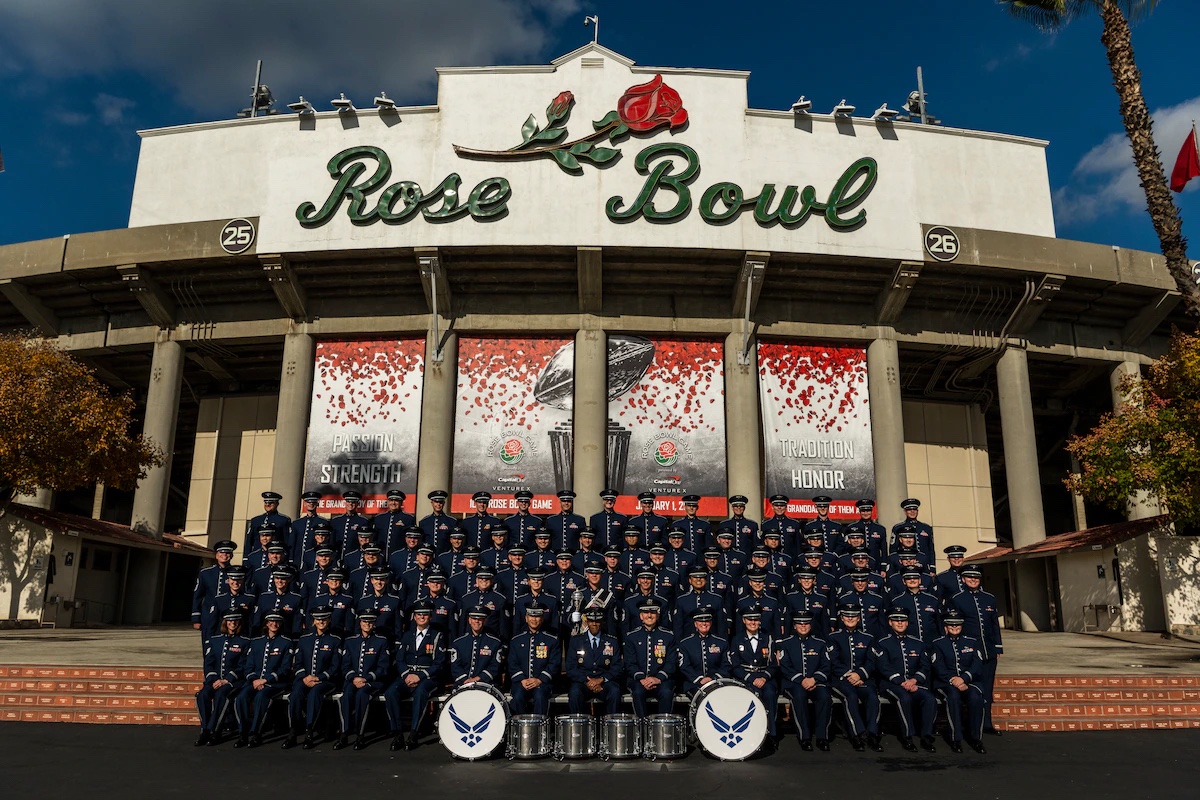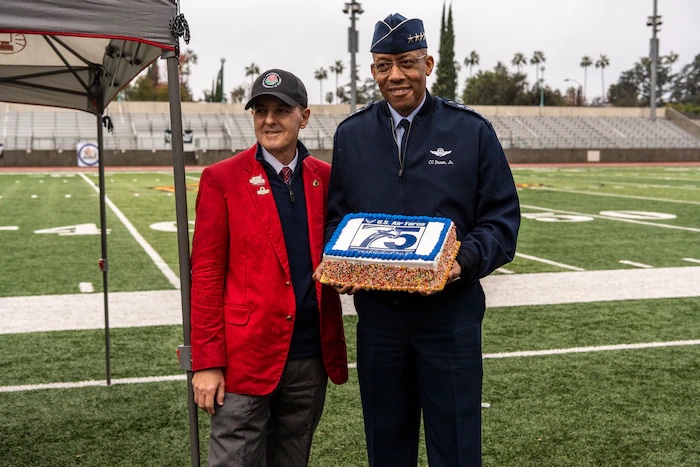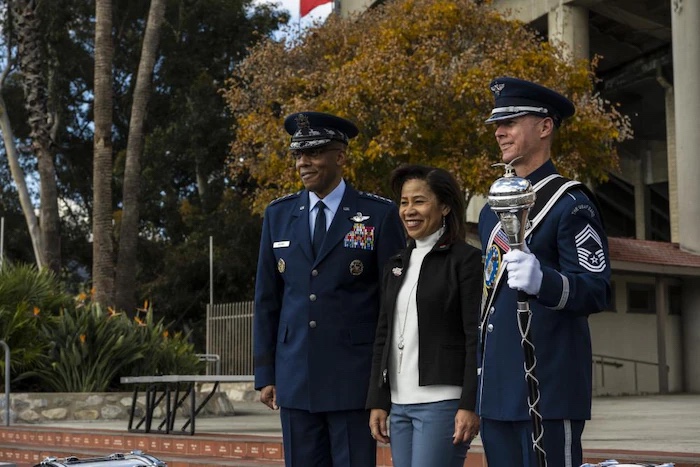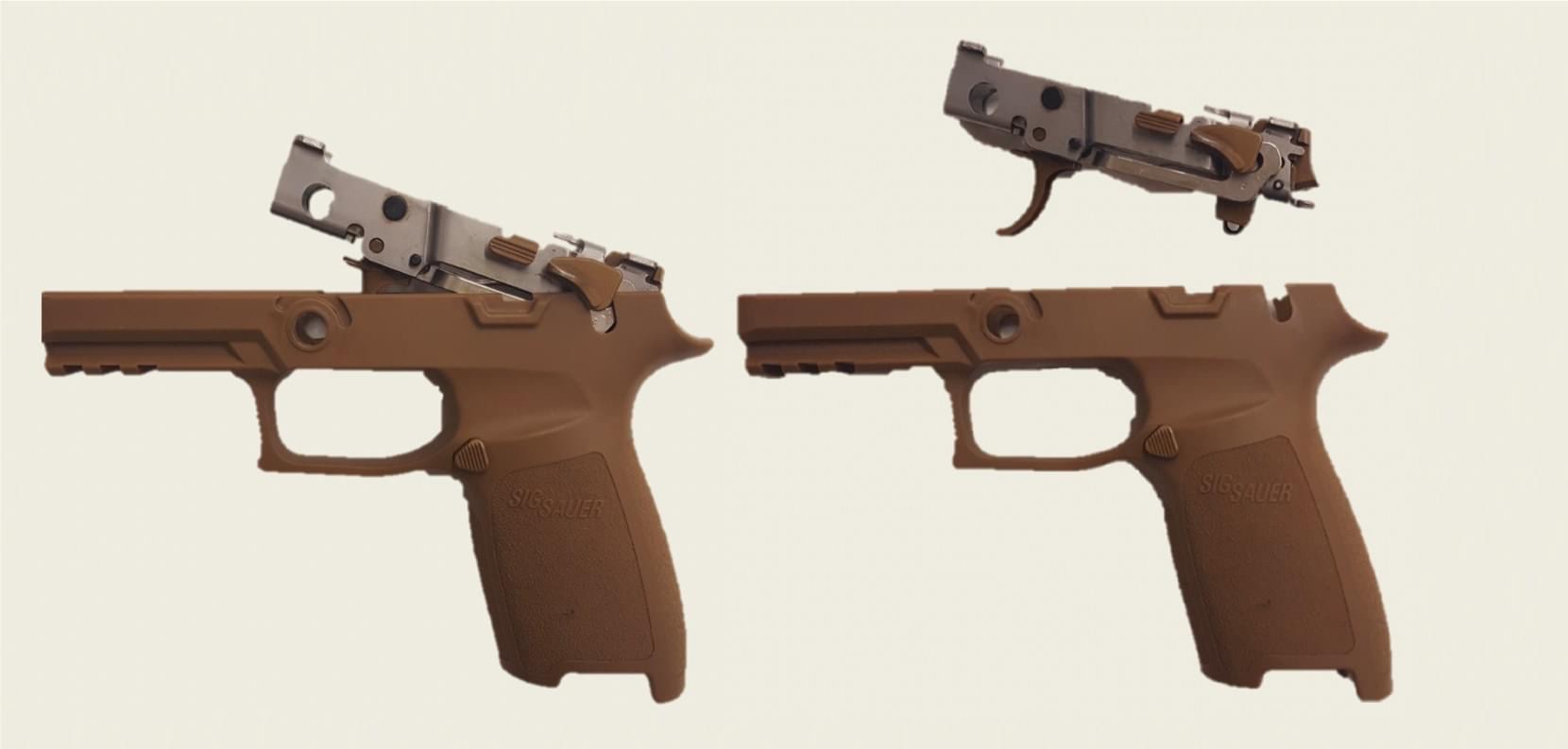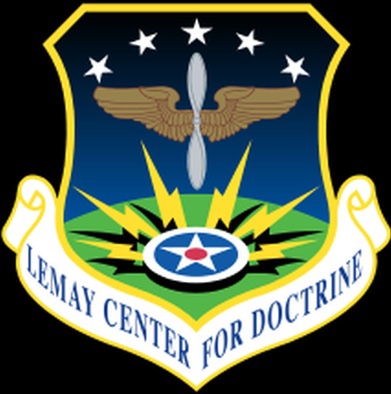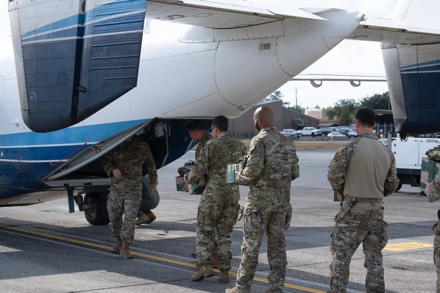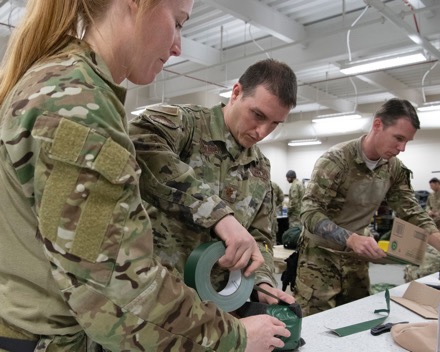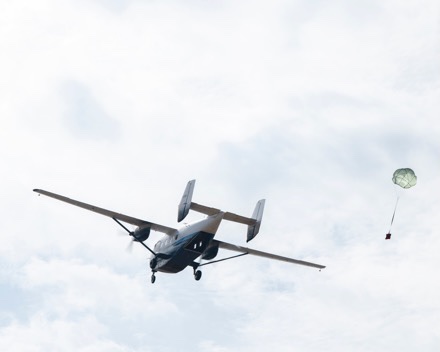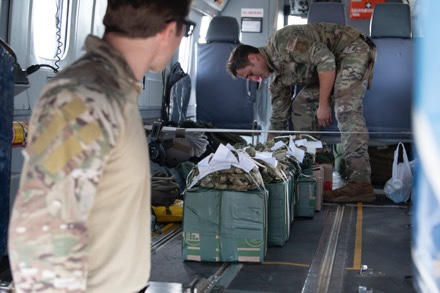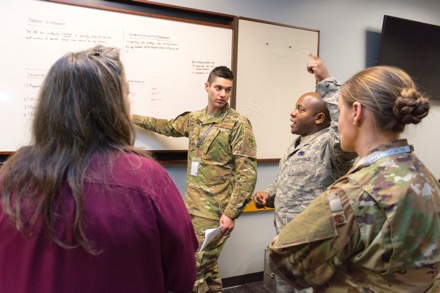JOINT BASE SAN ANTONIO-LACKLAND, Texas (AFNS) —
The Air Force Installation and Mission Support Center is leading the postpartum health guidance revisions for the upcoming explosive ordnance disposal Airmen-specific physical fitness test policy.
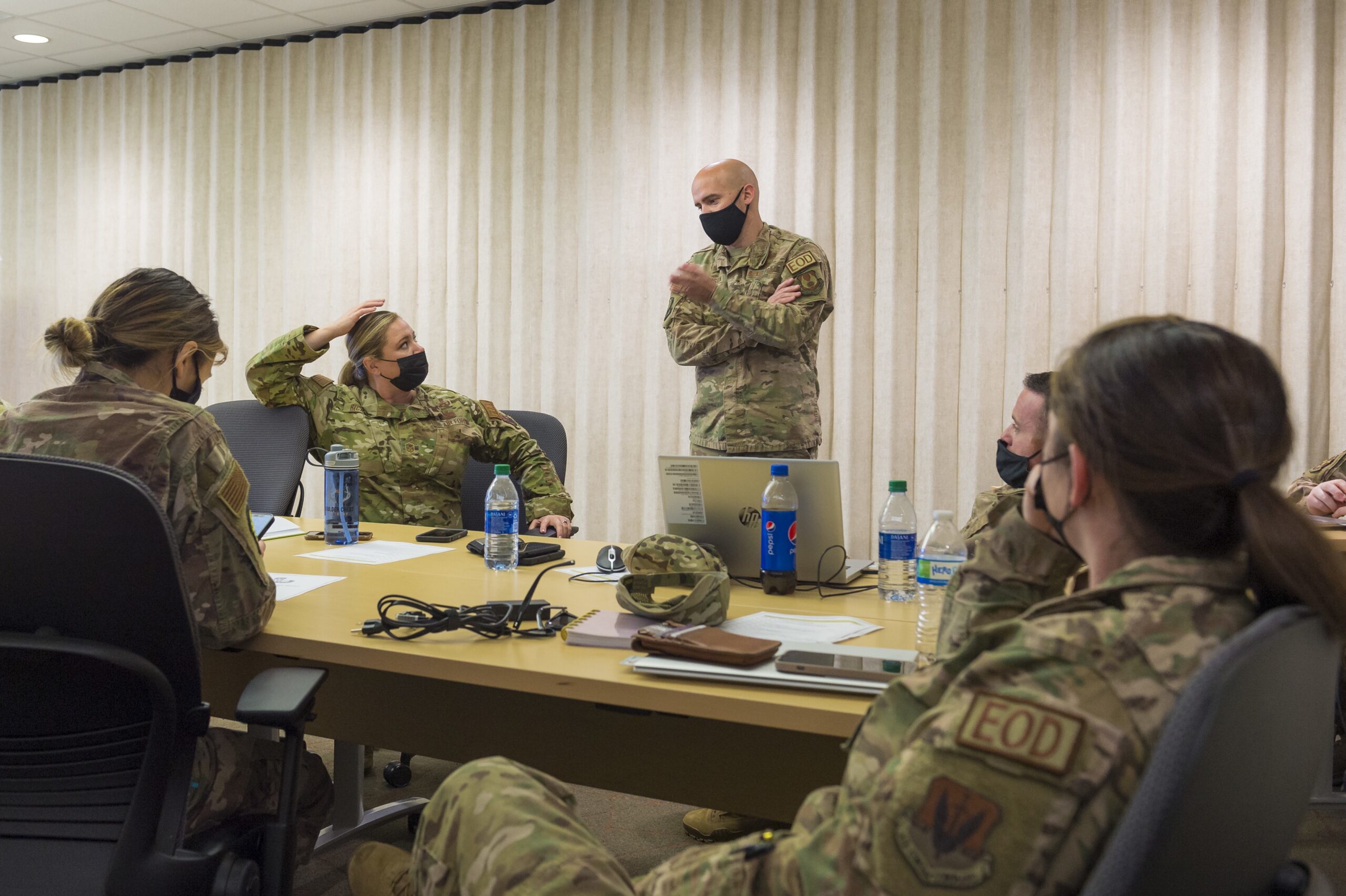
“We’re taking into account the mother’s needs while still keeping to the higher standard for the career field’s physical demands,” said Master Sgt. John Johnson, AFIMSC’s Installation Support EOD Program resource analyst. “We went right to the source and invited six EOD mother-Airmen to participate in a postpartum working group to develop courses of action and recommendations.”
Johnson and his team were given the charge to write the guidance for the career field’s operationally relevant Tier 2 PFT, which unlike the Tier 1 test is more physically demanding and independent of age and gender.
“This test will be more difficult than the standard Air Force test, so we wanted to make sure the policy gives our EOD mother-Airmen the correct amount of time to heal after giving birth,” Johnson said. “We don’t want them to rush back in and get hurt. We’re looking at the longevity of their careers and we’re here to see what we can do to help.”
Women’s health professionals were also present at the working group.
“Women make up 20% of the Air Force, so it’s important to ensure that we have policies in place that support them in their careers, as well as support them in their abilities to plan their families,” said Lt. Col. Larissa Weir, chief women’s health consultant to the Air Force Surgeon General. “Postpartum care for all women in general is evolving. We used to think the postpartum period was the first six weeks after the baby was born and then you go see the doctor to get the blessing that you were good to go. That’s not the case. For the first 12 months, there are continuous changes: hormonal, physiologic, and anatomic, … so postpartum care needs to be more comprehensive.
“Women in EOD have a special mission and more stringent requirements, so in order for the career field to be mission ready, we need to have these discussions and ensure our policies also evolve and are inclusive,” Weir said.
There are currently 37 women in the approximately 1,200 active EOD career field.
“We’re an even smaller group of mothers in EOD, so it’s easy to forget about us,” said Master Sgt. Andrea Rasmussen, EOD equipment section chief, 96th Civil Engineer Squadron at Eglin Air Force Base, Florida. “I am six months postpartum myself and it’s been a challenge. I have medical issues pertaining to my postpartum and have even gone to the emergency room a few times. All this while trying to take care of myself, take care of my home, take care of my daughter, take care of my work and prepare for a physical fitness test.
“I want to remain fully qualified and continue to be an asset to my team,” Rasmussen said, “so I’m glad we’re here being heard and coming up with courses of action now as this new Tier-2 policy is being written.”
Members of the working group also decided to continue to collaborate and develop additional tools and guidance for postpartum EOD Airmen.
“This meeting made me and my male counterparts in attendance realize how little we know about postpartum care in the EOD community,” Johnson said. “Outside of the policy, one of our go-do’s will be to put together a postpartum playbook and share it on our EOD SharePoint site. It’ll be a compilation of all the information the medical professionals shared with us today and other highlights in our discussion.”
The next steps for Johnson and his team will be to write the courses of action decided by the group, which include a proposed extension to the current Tier 1 postpartum delay, and add recommendations for related care. The draft of the Tier 2 test policy will then be sent to Headquarters Air Force for approval.
“I’m glad we have leadership who is willing to listen and willing to address issues that they may not be familiar with,” Rasmussen said. “That kind of support is paramount for not only women experiencing postpartum but women in general across the Air and Space Forces.”
By Malcolm McClendon, Air Force Installation and Mission Support Center Public Affairs


